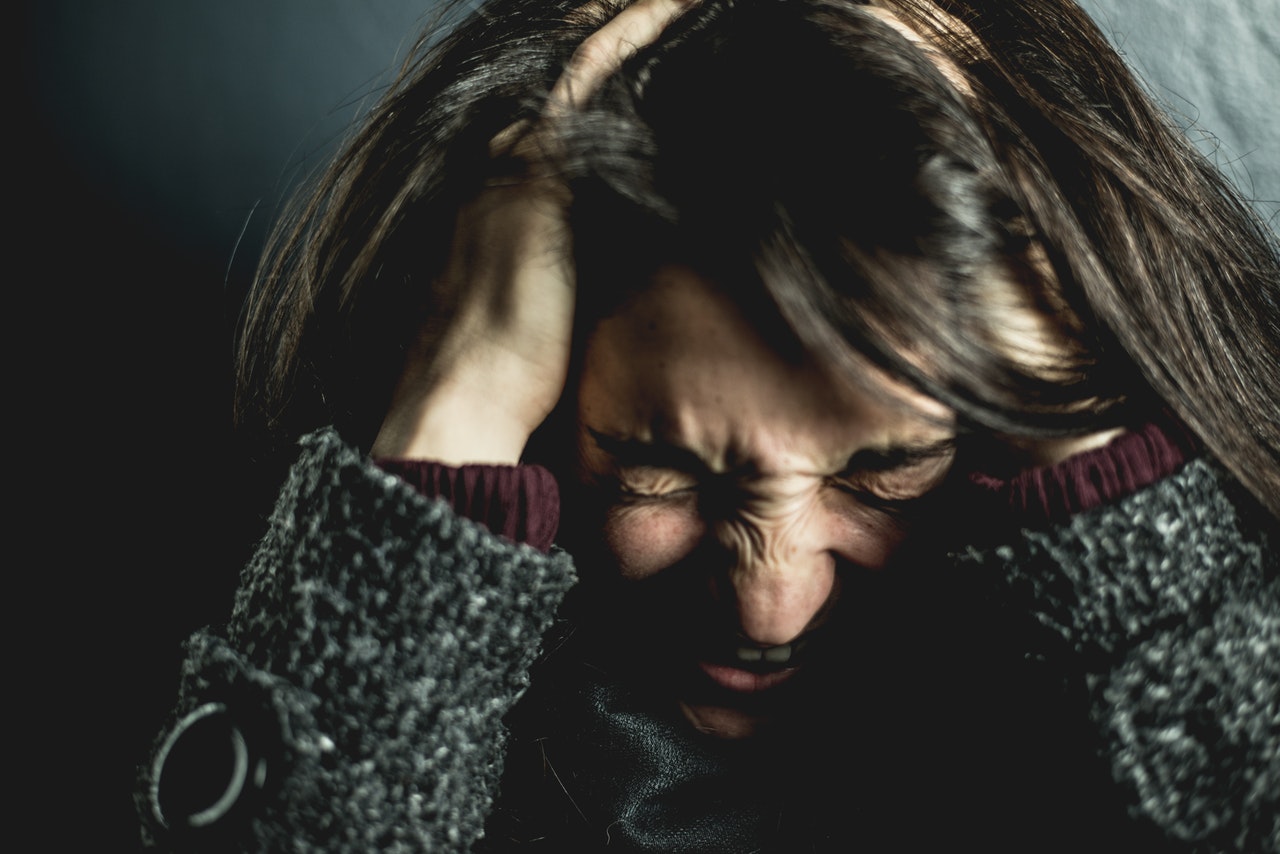Obsessive Compulsive Disorder (OCD) is widely prevalent in our society. Men and women are equally affected by this disorder. It is one of the common types of disorder under the umbrella of Anxiety Disorders. Some people are naturally neat, organized and orderly than others. These traits are instrumental in the success and daily functioning of the individual. However, the problem is that when the person suffers from OCD, these traits are carried to an extreme and disruptive level.
Individuals with OCD suffer from extreme obsessions, recurring ideas, thoughts, images or impulses that seem senseless but intrude continuously into the individual’s mind. These are repetitive unwanted thoughts that are very powerful and cause tension until the individual is able to carry out the rituals associated with the obsessions. For example, if the person is afraid of catching germs, he or she will compulsively wash hands numerous times till they are rest assured that the hands are clean with no contamination. Such individuals avoid shaking hands, touching doorknobs, and using public restrooms.
Similarly, folks who are always engaging in checking rituals, will constantly try to check if they turned the stove off to make sure it is turned off. While driving they will check the rearview mirror to decrease anxiety about having hit somebody. Compulsions are behaviors or rituals that the person performs to get rid of the anxiety produced by obsessions. The person feels compelled to perform the rituals to ward off the anxiety associated with the person’s specific obsession. It is interesting to note that the person is aware of the irrationality of their behaviors and rituals, but still engage in such behaviors. These fears and anxieties stem from insecurity, shame, and even despair. There arises a conflict and then the person gives in to their compulsions entirely.
I have worked with clients who have had skin picking and hair pulling as their compulsions. They will not let the skin scab heal and tend to pull it out before it is healed, causing numerous scars on their hands, neck, face and legs. I have worked with many clients who will pull their hair when nervous. Nail biting and bruxism are also variants of compulsive behaviors to release anxiety and tension.
How Hypnosis can address OCD
Response prevention is a technique that is often utilized to treat these compulsive rituals. Hypnosis is another modality which utilizes certain types of visualizations, hypnotic anchors and tools to help the person stop overthinking and address OCD. First the person is put to relaxation with effective induction followed by a depth test then deepener. Then the person is given effective suggestions regarding the absurdity of the rituals and how to stop them before emerging the clients from hypnosis.
Case study in treating OCD
I had a female client about 46 years old who was suffering from OCD since childhood. She would pull her hair to the point that she had bare spots on her head due to frequent hair pulling. She had severe anxiety and very low self esteem. Her childhood was traumatic due to several losses and bereavement issues. I had to address these issues before I did sessions on hair pulling. Once she was able to let go of the past and move on with her life, she was ready to work on hair pulling also known as Trichotillomania. She was getting recurrent thoughts of pulling her hair whenever she got anxious about her studies or family problems.
I conducted sessions on hair pulling and gave her some hypnotic anchors to relax and occupy her hand in activities incompatible with hair pulling, like squeezing a stress ball. Deep breathing exercises to release the tension of the body were demonstrated to calm her down. Also, my client was given suggestions to visualize her future when she visits her hair dresser and she is surprised to see her full hair with no bare spots. When these suggestions are given, the subconscious mind retains them as it has 95% memory retention capacity. As a result, all the suggestions embedded in the subconscious mind, begin to take effect and change the person’s behaviors.
Subsequently, some work was done on removing mind clutter, stop overthinking, OCD balloon room, OCD relaxation, and OCD 3. These sessions were geared towards reducing the compulsive behavior of hair pulling. In addition to live sessions, clients were given the audios of each session to listen to at home to further reinforce the suggestions.
My client began reporting a significant reduction in the frequency of hair pulling. Then I conducted some sessions to improve her self esteem and regain confidence. Inner child, increased self esteem, Dial up confidence. Crystal ball Confidence, Confidence- garden of life, Circle of confidence and Ego strengthening sessions were offered and they helped her build up her confidence so eventually she stopped pulling her hair and was discharged after 10 sessions.
My client reported a significant decrement in the frequency of her hair pulling behaviors. She was proud to show me her picture with no patches of bare spots in the head. She felt that she had sufficient tools to implement following discharge to maintain her progress. I did a follow up four weeks after discharge and she reported that she was maintaining her progress with no signs of relapse. She thanked me for helping her stop the compulsive behavior of hair pulling.
In this way, we see that hypnosis is a very safe and effective tool to address OCD. I had another client with skin picking and I helped her stop picking skin with hypnosis. Those visualizations, hypnotic anchors and Neuro Linguistic programming techniques help clients regain their confidence back and stop the rituals of their obsessions.
Contact Blossom Hypnosis for a free consultation. I offer sessions via Skype, FaceTime, Zoom and Google Meet for clients not residing in Rochester, NY. Due to COVID-19, I am currently seeing clients online only.


Be First to Comment